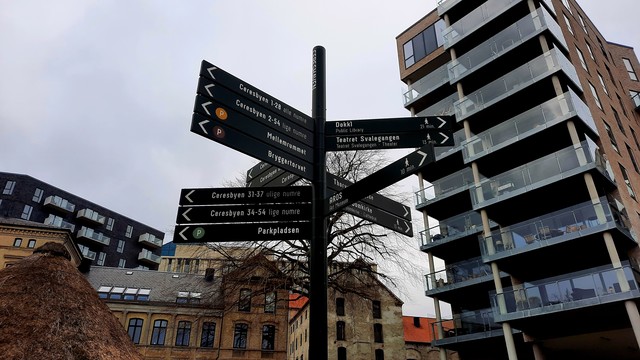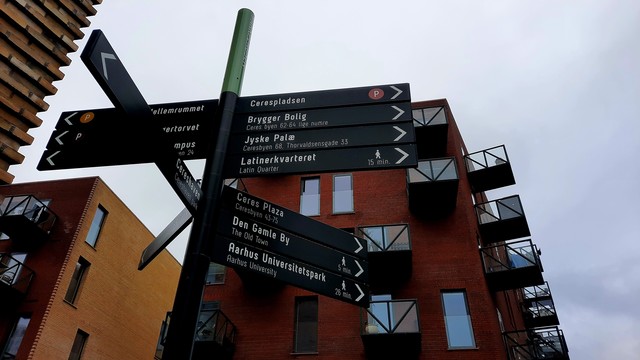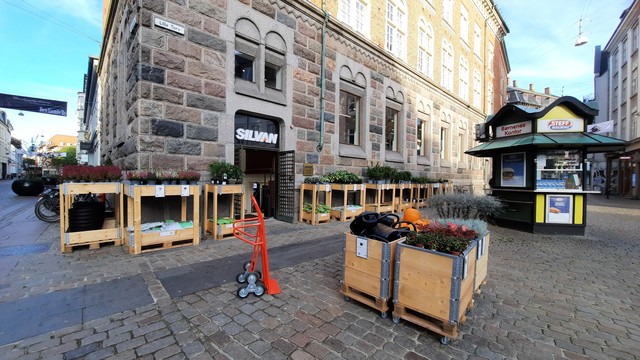Recent searches
Search options
Apparently there’s a conspiracy theory that 15-minute cities are urban prisons where residents must wear QR codes that track their restricted movements. As opposed to the reality: mixed-use neighbourhoods so handy that signposts can use walking minutes as the unit of distance to the library, theatres, cafés, community services, museums, parks and shops.
Another sign that a 15-minute city is a lively mixed-use place: a hardware store opened on a main city square in the shadow of the cathedral.
It's the kind of flagship space where you’d usually find a designer bag store. It rents drills, sack trolleys and tools by the hour. That can only make commercial sense when a city centre is not just for businesses and the rich, but for ordinary people living just around the corner in ordinary homes.
@CiaraNi I so want this concept to prosper. I look at neighbourhoods in my, and other, towns where there would be runs of stores in among streets of housing which would when I was young have had groceries, butchers, greengrocers - maybe a fishmonger or hardware store, a bakery. Now these same areas have a hairdresser, a nail bar, a few takeaways. So for the normal shopping you have to travel - probably by car. Not saying people don't need nail bars etc but these should not be the only stores.
@capnthommo Agreed, wholeheartedly. We are very lucky that our city and its politicians and council staff have chosen people-centred urban design in recent decades, sometimes when it wasn't popular because e.g. replacing a road with a river in the middle of town was too radical at the drawing-board stage. I hope this kind of urban development becomes the norm and continues, both here and in other countries.




